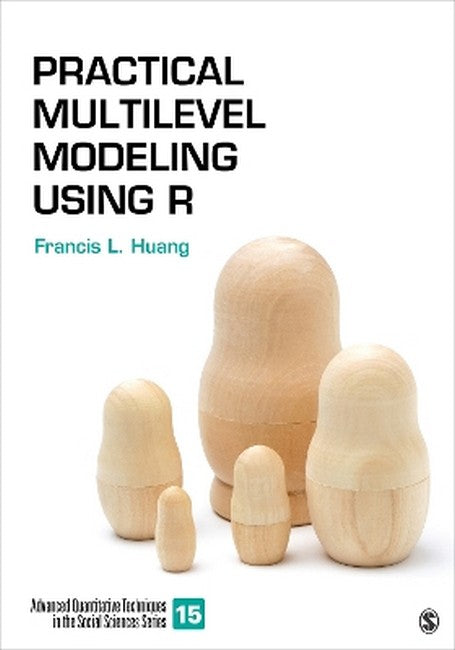Francis Huang, Ph.D. is an Associate Professor at the University of Missouri (MU) in the Statistics, Measurement, and Evaluation in Education program in the Department of Educational, School, and Counseling Psychology of the College of Education. He teaches courses on multilevel modeling, program evaluation, and data management and is the co-director of the methodology branch of the Missouri Prevention Science Institute. Dr. Huang's research has been funded by federal agencies such as the U.S. Department of Education and the National Institute of Justice. His research focuses on both methodological (e.g., analysis of clustered data) and substantive (e.g., school climate, bullying, disparities in disciplinary sanctions) areas of interest. His work has been cited in outlets such as the New York Times, the Washington Post, and National Public Radio (among others). He has published in journals such as the Journal of Educational and Behavioral Statistics, Behavior Research Methods, and Educational Researcher. Prior to joining MU, he was a Senior Scientist at the University of Virginia and has worked at the American Institutes for Research, providing technical expertise on survey methods and the analysis of large-scale secondary datasets. He has worked as a management consultant and a high school teacher. He has an MA from Teachers College, Columbia University and a PhD from the University of Virginia. He is a father of two and married to his best friend. Francis does not take himself too seriously, plays the guitar, and dreams of being in a jazz trio in his retirement.
Request Academic Copy
Please copy the ISBN for submitting review copy form
Description
1 Introduction 2 The unconditional means model 3 Adding predictors to a random intercepts model 4 Investigating cross-level interactions and random slope models 5 Understanding growth models 6 Centering in multilevel models 7 Multilevel modeling diagnostics 8 Multilevel logistic regression models 9 Modeling data structures with three (or more) levels 10 Missing data in multilevel models 11 Basic power analyses for multilevel models 12 Alternatives to multilevel models
A major strength of this book is its accessibility. Huang effortlessly bridges the divide between the sometimes-abstruse literature on advanced statistics and the needs of applied researchers who lack extensive quantitative training. The result is an approachable text that covers all the basics, but also does not shy away from important advanced topics such as diagnostics, detecting and handling heteroscedasticity, and missing data handling methods. This book would make not only a useful guide to the application of multilevel modeling, but could also serve as an excellent companion text for a course on multilevel modeling. -- Kristopher J. Preacher This book is an excellent book for a graduate level multilevel modeling course that utilizes R; it perfectly combines the depth and breadth on this topic. -- Wei Wang

